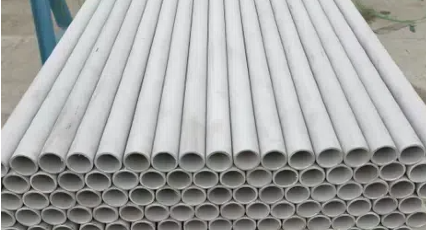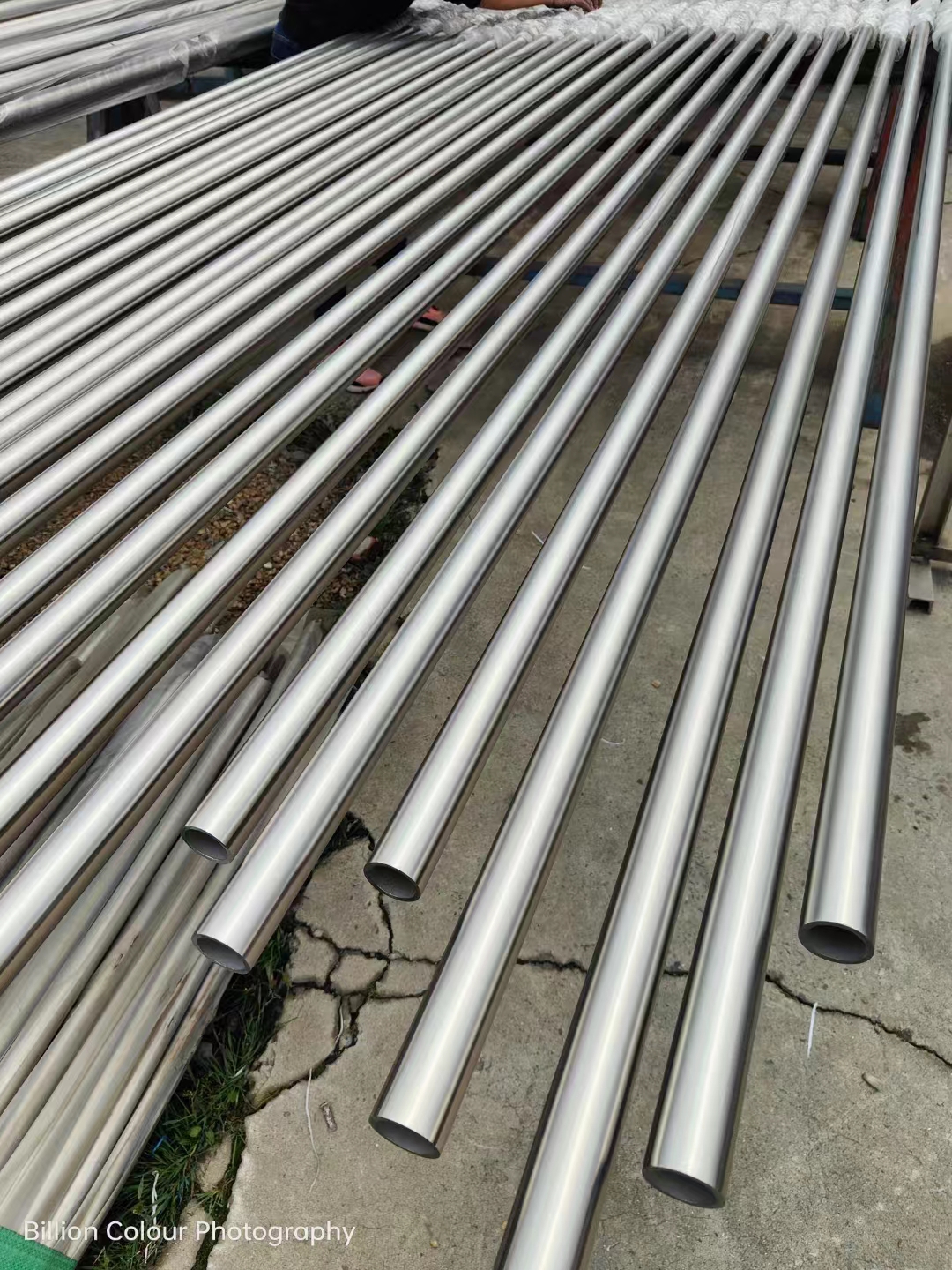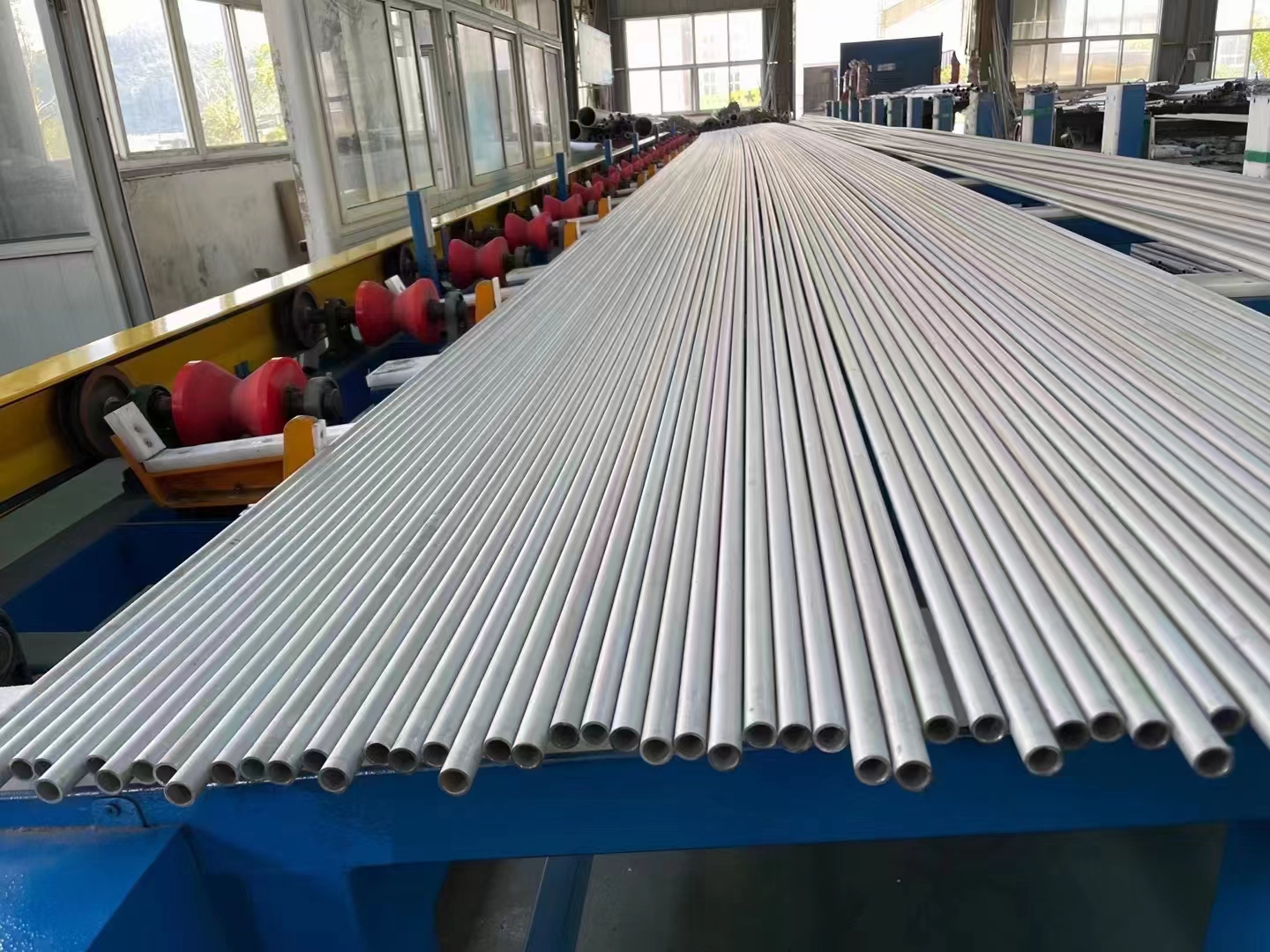
Stainless steel pipes are crucial in various industries due to their durability, resistance to corrosion, and strength. These pipes are widely used in applications such as oil and gas pipelines, medical equipment, construction, and chemical industries. However, not all stainless steel pipes are the same. The specifications of stainless steel pipes vary depending on their intended use, size, material, and manufacturing process.
In this article, we will discuss the key specifications of stainless steel pipes, including their types, sizes, grades, and common applications. Understanding these specifications is crucial when choosing the right stainless steel pipe for your needs, whether you are working in construction, plumbing, or any other field that relies on stainless steel materials.

Key Specifications of Stainless Steel Pipes
1. Material Grades of Stainless Steel Pipe
Stainless steel pipes are made from a variety of materials, each with unique properties. The choice of material grade impacts the pipe’s strength, durability, and resistance to corrosion. Some common material grades for stainless steel pipes include:
AISI 304: This is the most commonly used stainless steel grade. It offers excellent corrosion resistance and is highly versatile. AISI 304 stainless steel pipes are ideal for general-purpose applications, including food processing, water treatment, and architectural use.
AISI 316: Known for its superior corrosion resistance, particularly in harsh environments such as marine settings or chemical processing industries. AISI 316 stainless steel is often used for high-corrosion resistance applications like desalination plants, pharmaceutical industries, and outdoor installations.
AISI 316L: This is a low-carbon version of AISI 316. It provides better weldability and resistance to sensitization, making it suitable for welding-heavy applications.
AISI 321: AISI 321 stainless steel is highly resistant to high temperatures and oxidation, making it ideal for use in heat exchangers, furnace parts, and other high-temperature applications.
2. Pipe Dimensions: Size and Thickness
The dimensions of stainless steel pipes are critical for ensuring they fit the intended application and can withstand the pressure requirements. Stainless steel pipes come in a range of sizes, which are defined by their outer diameter (OD) and wall thickness (WT). Some common dimensions for stainless steel pipes include:
Outer Diameter (OD): Stainless steel pipes are available in various outer diameters, ranging from as small as 1/8 inch to as large as 30 inches or more. The diameter chosen depends on the flow requirements, whether it’s for water, gases, or other fluids.
Wall Thickness: The wall thickness of stainless steel pipes can range from 0.012 inches to 2 inches, depending on the pressure they need to withstand and the specific application. The thicker the wall, the more robust the pipe is, allowing it to carry higher-pressure fluids.
Schedule Numbers: The thickness of stainless steel pipes is often denoted by "schedule numbers," such as Schedule 40, Schedule 80, and Schedule 160. Higher schedule numbers indicate thicker walls and greater strength. For example, Schedule 40 pipes are standard for medium-pressure systems, while Schedule 80 pipes are used for high-pressure systems.
3. Manufacturing Processes for Stainless Steel Pipes
The manufacturing process of stainless steel pipes directly impacts their quality, strength, and performance in various applications. Stainless steel pipes are typically made through one of the following methods:
Seamless Pipe Manufacturing: This process involves forming stainless steel billets into hollow tubes without welding. Seamless pipes are known for their strength and resistance to pressure and are often used in high-stress applications like oil and gas pipelines, power plants, and pressure vessels.
Welded Pipe Manufacturing: In welded pipe manufacturing, stainless steel sheets are rolled into a tube shape, and the edges are welded together. Welded stainless steel pipes are cost-effective and commonly used in lower-pressure applications, such as plumbing, HVAC systems, and structural uses.
Cold Drawn Pipes: Cold drawing is a process where stainless steel pipes are drawn through a die at room temperature. This method is used to achieve precise tolerances and enhance the pipe’s mechanical properties, especially its strength and surface finish.

4. Corrosion Resistance
One of the key advantages of stainless steel pipes is their excellent corrosion resistance. Stainless steel pipes are particularly valuable in industries where the material must resist harsh conditions, such as high humidity, chemical exposure, or seawater.
Chromium Content: Stainless steel is resistant to corrosion because it contains a high percentage of chromium (at least 10.5%), which forms a passive oxide layer on the surface, protecting the pipe from corrosion.
Resistance to Stress Corrosion Cracking (SCC): Certain stainless steel grades, such as 316L, offer enhanced resistance to stress corrosion cracking, making them ideal for use in high-temperature and high-stress environments.
5. Temperature Resistance
Stainless steel pipes can be used in a wide range of temperatures, from sub-zero conditions to high-temperature applications. Different grades of stainless steel offer varying levels of heat resistance:
AISI 304 and AISI 316 can withstand temperatures up to around 870°C (1600°F) for intermittent use and up to 925°C (1700°F) for continuous use in oxidative environments.
AISI 321 and AISI 347 are known for their resistance to high temperatures and are commonly used in applications where pipes are exposed to heat, such as in power plants and furnace installations.
6. Applications of Stainless Steel Pipes
Due to their durability and versatility, stainless steel pipes are used in a variety of industries. Some common applications include:
Oil and Gas Industry: Stainless steel pipes are widely used for transporting petroleum and natural gas, both in onshore and offshore applications. The high strength and corrosion resistance of stainless steel make it ideal for handling the aggressive environments in the oil and gas sector.
Chemical Industry: Stainless steel pipes are used in the chemical industry for transporting chemicals, acids, and gases due to their resistance to corrosion and ability to handle aggressive substances.
Food and Beverage Industry: Stainless steel is non-reactive and easy to clean, making it the preferred material for piping systems in food processing plants, dairy production, and breweries.
Construction and Architecture: Stainless steel pipes are used in the construction industry for structural support and in architectural applications for aesthetic and functional purposes, such as railings, frames, and facades.
Pharmaceutical Industry: Stainless steel is critical in the pharmaceutical industry for manufacturing equipment that requires a high degree of cleanliness and sterilization.
7. Stainless Steel Pipe Standards and Certifications
Several standards and certifications govern the manufacturing and use of stainless steel pipes to ensure they meet quality, safety, and environmental requirements. Some common standards include:
ASTM A312: Standard specification for seamless, welded, and heavy cold-worked austenitic stainless steel pipes. Used for high-temperature and corrosive environments.
ASTM A213: Covers stainless steel pipes for boilers, superheaters, and heat exchangers. These pipes are typically used in high-temperature systems.
ASME SB677: Covers stainless steel pipes and tubes used in highly corrosive environments, such as in the chemical and offshore oil and gas industries.
The Role of Stainless Steel Pipes in Modern Industries
Stainless Steel Pipes in High-Demand Industries
Stainless steel pipes are indispensable in industries where both the material's integrity and resistance to harsh environments are critical. Due to their versatility, they are increasingly used in modern infrastructure, energy, and manufacturing sectors, ensuring both safety and performance in the most challenging conditions.
Oil and Gas: In the oil and gas industry, stainless steel pipes are used for transporting both oil and natural gas across long distances. Their resistance to corrosion, especially in offshore and subsea environments, makes them ideal for maintaining pipeline integrity and operational safety.
Chemical Processing: The chemical industry relies on stainless steel pipes to safely transport corrosive substances like acids, chemicals, and gases. Their resistance to aggressive environments makes them the first choice in this sector.
Conclusion
Stainless steel pipes are versatile, durable, and essential in a wide range of applications. Understanding their specifications—including material grades, dimensions, corrosion resistance, temperature resistance, and manufacturing processes—is crucial when selecting the right pipes for your needs. Whether you are working in construction, chemical processing, or any industry that relies on high-quality piping, choosing the right stainless steel pipe ensures efficiency, safety, and long-term performance.
If you are looking for premium stainless steel pipes, WEIHENG offers top-quality products that meet international standards. From industrial to commercial applications, WEIHENG has the right solution for your piping needs.
FAQ
Q: What are the most common types of stainless steel pipes?
A: The most common types of stainless steel pipes are AISI 304, AISI 316, and AISI 321. These pipes are used across a range of industries, from food processing to chemical manufacturing.
Q: How do I choose the right stainless steel pipe for my project?
A: When choosing stainless steel pipes, consider the pipe’s material grade, dimensions, corrosion resistance, temperature resistance, and the specific requirements of your application.
Q: What is the difference between seamless and welded stainless steel pipes?
A: Seamless stainless steel pipes are made without a seam or weld, making them more robust and suitable for high-pressure applications. Welded pipes are made by joining two edges, and they are typically used in lower-pressure environments.
Q: Can stainless steel pipes be used in high-temperature environments?
A: Yes, stainless steel pipes, especially grades like AISI 321, are highly resistant to high temperatures and are used in heat exchangers, boilers, and other high-heat applications.
Q: How do I maintain stainless steel pipes?
A: Stainless steel pipes should be regularly cleaned to prevent the buildup of dirt and grime. Use appropriate cleaning agents that won’t damage the surface. For pipes used in harsh environments, regular inspection for signs of corrosion or stress is essential.






























